In today’s automotive landscape, technology plays an ever-growing role in how vehicles communicate with their drivers. Modern cars are equipped with a myriad of sensors, control modules, and onboard diagnostic systems designed to monitor every aspect of the vehicle’s health and safety.
From engine performance and emissions control to tire pressure and advanced driver-assistance systems, these electronic eyes and brains work tirelessly to detect problems early and alert drivers before issues become severe.
Warning lights on the dashboard serve as the vehicle’s voice, providing crucial information to help maintain safety and reliability. However, the experience of these warnings can vary widely depending on the make, model, and age of the vehicle.
Some cars have earned a well-deserved reputation for their straightforward, reliable warning systems. These vehicles communicate only when something genuinely needs attention, avoiding the frustration and anxiety of false alarms.
Their onboard diagnostics are finely tuned, with sensors and wiring designed to minimize errors and failures that could trigger unnecessary alerts.
This reliability fosters trust between the driver and the vehicle, ensuring that when a warning light appears, the driver knows to take action. It’s a hallmark of well-engineered cars that balance modern technology with practical simplicity.
On the other end of the spectrum are vehicles notorious for a flood of random warning lights that seem to arise without cause or clear explanation. These cars often feature complex electronics and numerous interconnected control modules that can create cascading faults.
Sometimes, a minor sensor glitch or aging wiring harness can result in multiple warning lights illuminating simultaneously, making it difficult to pinpoint the root cause.
This not only causes inconvenience and stress but also leads to costly and time-consuming diagnostic sessions, often requiring specialized dealer tools and expertise. For owners, the persistent presence of unexplained warnings undermines confidence in the vehicle’s reliability and can diminish the overall ownership experience.
This article explores both ends of this spectrum, delving into five vehicles renowned for their resistance to random warning lights and five that struggle with persistent electronic alerts. We will examine the engineering choices, sensor quality, electronic architecture, and maintenance factors that contribute to these differing experiences.
By understanding why some cars communicate clearly and others confuse their owners, potential buyers and current drivers can make informed decisions about what to expect from their vehicles’ warning systems.
Ultimately, the goal of onboard diagnostics and warning lights is to enhance safety and reduce breakdowns by providing timely and accurate information. But when the system itself becomes a source of uncertainty, it loses its value and can create unnecessary headaches.
By highlighting examples from both ends of the spectrum, this discussion aims to empower drivers to recognize the signs of reliable communication and navigate the frustrations of more complicated, error-prone electronic systems.
Whether you seek a vehicle that offers peace of mind or want to understand the quirks of high-tech models, this article sheds light on an important aspect of modern vehicle ownership that is often overlooked until the warning lights begin to flash.
Also Read: 5 Cars That Maintain Value Despite High Mileage And 5 That Drop Like Rocks
5 Vehicles That Don’t Suffer Random Warning Lights
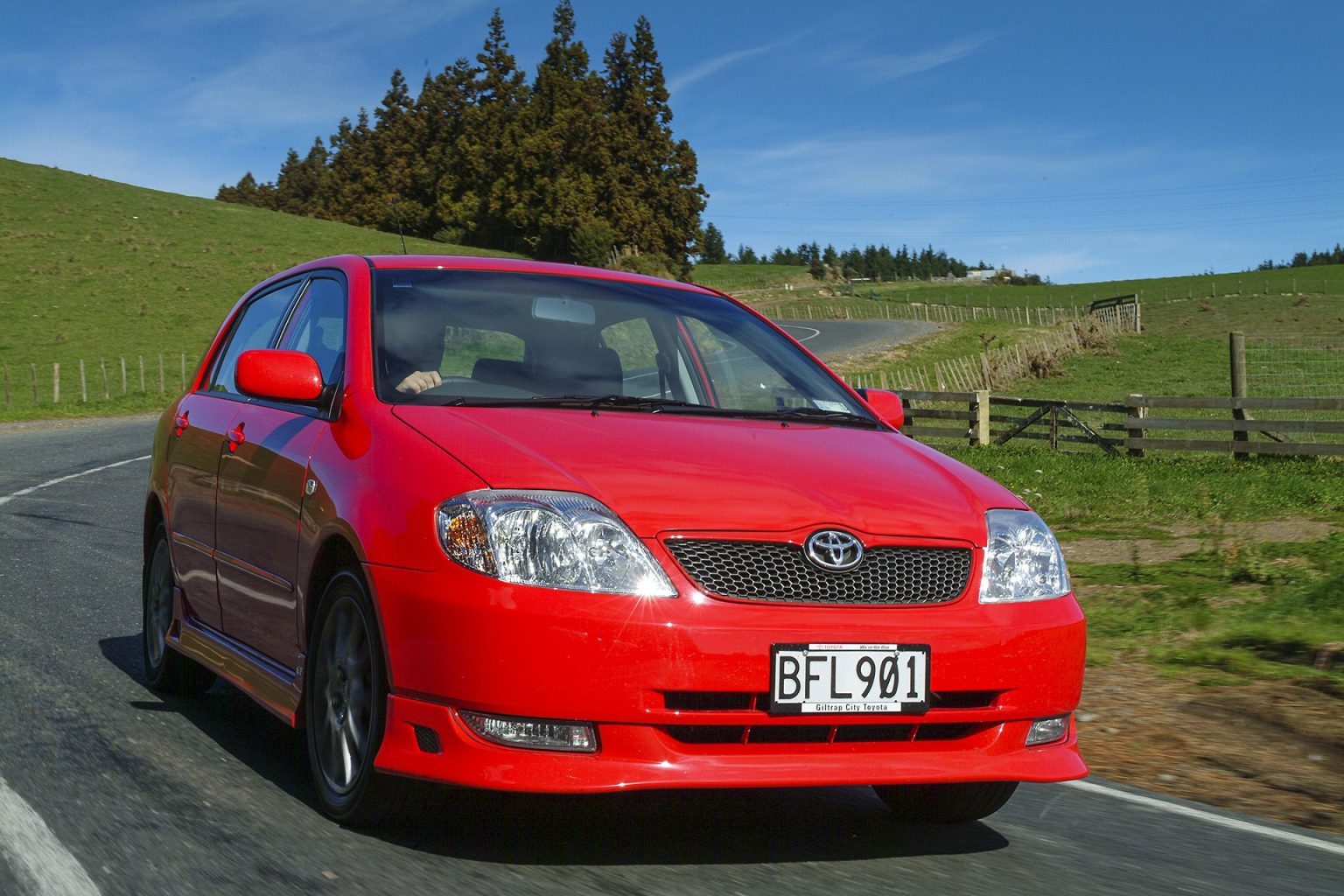
1. Toyota Corolla (2003–2013)
The Toyota Corolla has long been synonymous with reliability and simplicity, and this extends deeply into its electronic systems and onboard diagnostics. For the 2003 to 2013 models, Toyota took a design philosophy centered on durability and functional stability, which manifests in the way warning lights behave.
Rather than overwhelming the driver with alerts for minor or transient events, the Corolla’s systems are calibrated with a conservative threshold that requires genuine, sustained faults before illuminating a warning light. This design choice reflects Toyota’s commitment to reducing “false alarms” that can lead to unnecessary anxiety and costly diagnostic visits.
As a result, owners of these Corollas typically report that when a warning light comes on, it demands immediate attention and corresponds to a real mechanical or electrical issue.
Under the hood, the Corolla’s engine control module (ECM) and sensor network represent a blend of mature technology and robust engineering.
The sensors responsible for emissions monitoring, coolant temperature, oxygen levels, and other critical parameters are of high quality and installed in environments that minimize exposure to corrosive elements and vibrations, which often lead to sensor failure in other vehicles.
Additionally, the wiring harnesses and connectors are thoughtfully routed and secured, preventing the electrical gremlins that cause phantom warning lights in many cars.
This engineering approach pays dividends by reducing one of the most common causes of random warning light illuminations: faulty sensor signals or intermittent wiring issues.
Furthermore, the Corolla benefits from Toyota’s extensive experience and iteration in vehicle diagnostics. Over years of refinement, the onboard diagnostics system was tuned to avoid over-sensitivity.
This means it is far less likely to illuminate a warning light for conditions that are self-correcting or non-critical, such as momentary fluctuations in sensor readings caused by normal driving conditions.
Instead, the light will remain off until a fault is persistent, thereby respecting the driver’s peace of mind and reinforcing trust in the vehicle’s alerts.
The Corolla’s restraint and precision in this respect make it an excellent choice for drivers who value straightforward, dependable feedback from their car without the stress of chasing down phantom faults.

2. Honda Accord (2003–2012)
The early 2000s Honda Accord is widely regarded as one of the best midsize sedans for reliable, low-stress ownership, and a major part of this reputation comes from its solid electronic systems and the way it handles warning lights.
Honda engineered this generation of Accord with a clear emphasis on mechanical integrity paired with an electronic monitoring system that’s both intelligent and discreet.
The onboard diagnostic system uses a combination of proven sensor technology and carefully developed software algorithms that balance sensitivity with reliability. It avoids triggering warnings due to minor or transient sensor anomalies, which are common in vehicles that suffer from overly aggressive diagnostics.
One of the key features behind the Accord’s resistance to false or random warning lights is the quality of its sensors and their integration into the vehicle’s broader control network.
Honda’s commitment to using durable, high-precision sensors for engine management, emissions control, and safety systems means fewer failures that could cause erroneous alerts.
For example, the oxygen sensors used to monitor exhaust emissions are long-lasting and resist common causes of sensor degradation, such as soot buildup or thermal stress. In parallel, the wiring and connectors are built to withstand vibration, temperature extremes, and moisture ingress, which frequently cause electrical issues in lesser-built cars.
Additionally, Honda’s onboard diagnostics system in this generation of Accord was calibrated with a strong focus on real-world driving conditions. This means it is less prone to reacting to momentary events such as cold starts, altitude changes, or temperature fluctuations that might otherwise trigger unnecessary warnings in other vehicles.
Instead, the system performs ongoing checks and uses thresholds that demand persistence and repeatability before alerting the driver. This results in fewer “check engine” light illuminations without corresponding symptoms, creating a much more transparent and trustworthy communication channel between the car and the driver.
Overall, the Accord strikes an excellent balance between early fault detection and avoiding the pitfalls of hyper-sensitivity, contributing to a less stressful ownership experience.
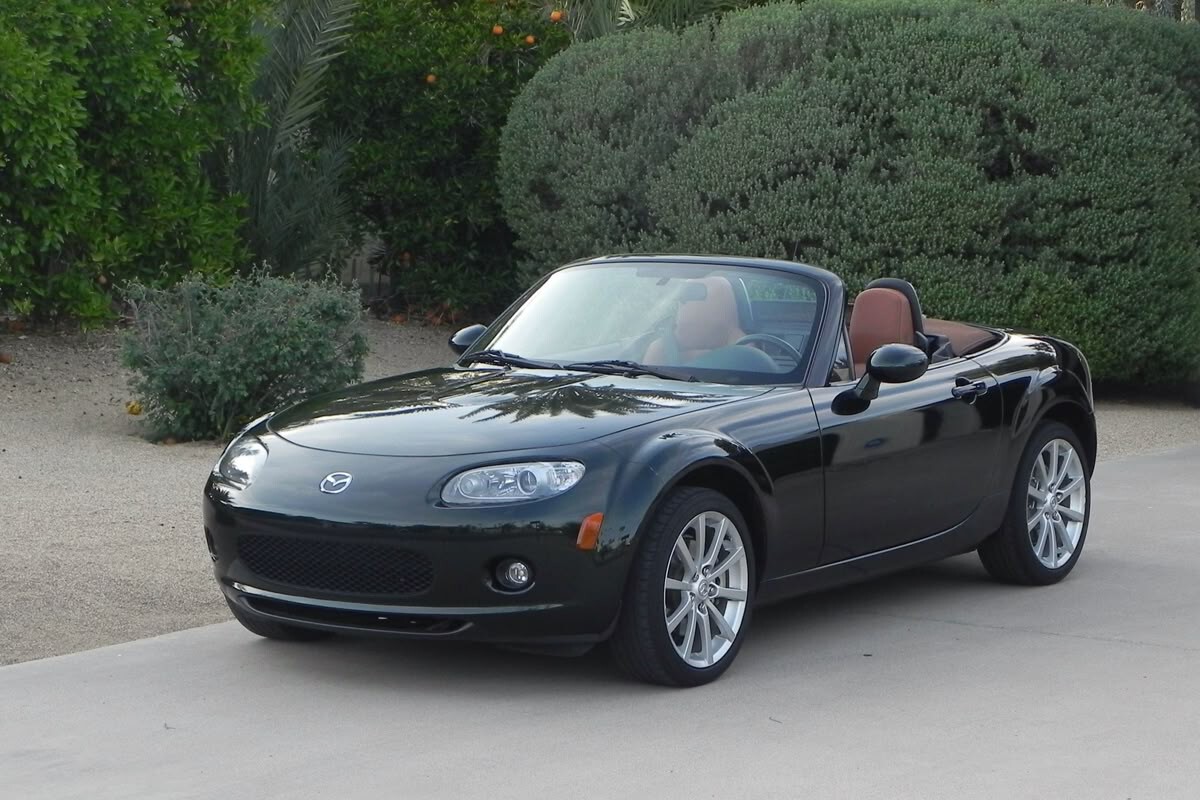
3. Mazda MX-5 Miata (NA/NB 1990–2005)
The Mazda MX-5 Miata is celebrated not only for its legendary driving enjoyment but also for its refreshing simplicity and reliability in electronic systems.
Across the NA and NB generations, the Miata embraces a minimalistic approach to vehicle technology, deliberately avoiding the complexity that often leads to electrical glitches and unwarranted warning lights.
This car’s diagnostics system is straightforward, focused on essentials without bombarding the driver with unnecessary alerts. This engineering philosophy results in a driving experience where the dashboard remains largely free of distracting lights, only alerting the driver when something genuinely needs attention.
One of the core reasons the Miata stands out in this regard is Mazda’s commitment to keeping electronic architecture minimal and robust. Unlike many modern cars overloaded with interconnected control modules, the Miata relies on a handful of well-placed sensors and a simple engine control unit that communicates directly and reliably.
The sensors used—such as for coolant temperature, oxygen levels, and throttle position—are durable and placed in protective locations that shield them from harsh environmental exposure. This limits the common failure modes that cause false alerts elsewhere, such as corrosion or vibration-induced wiring faults.
Moreover, the Miata’s design allows for straightforward diagnostics and repairs, further reducing the chance of lingering or unexplained warning lights. Owners can often diagnose problems with a simple OBD-I or OBD-II scanner or even basic manual test procedures, especially in earlier models.
This ease of access encourages prompt and effective repairs, preventing minor faults from snowballing into more serious issues. The car’s conservative approach to lighting warnings fosters a relationship of trust between the driver and vehicle: you know when the light comes on, it’s time to act. This reliability in communication is a major factor in why the MX-5 Miata remains beloved by enthusiasts and practical owners alike.
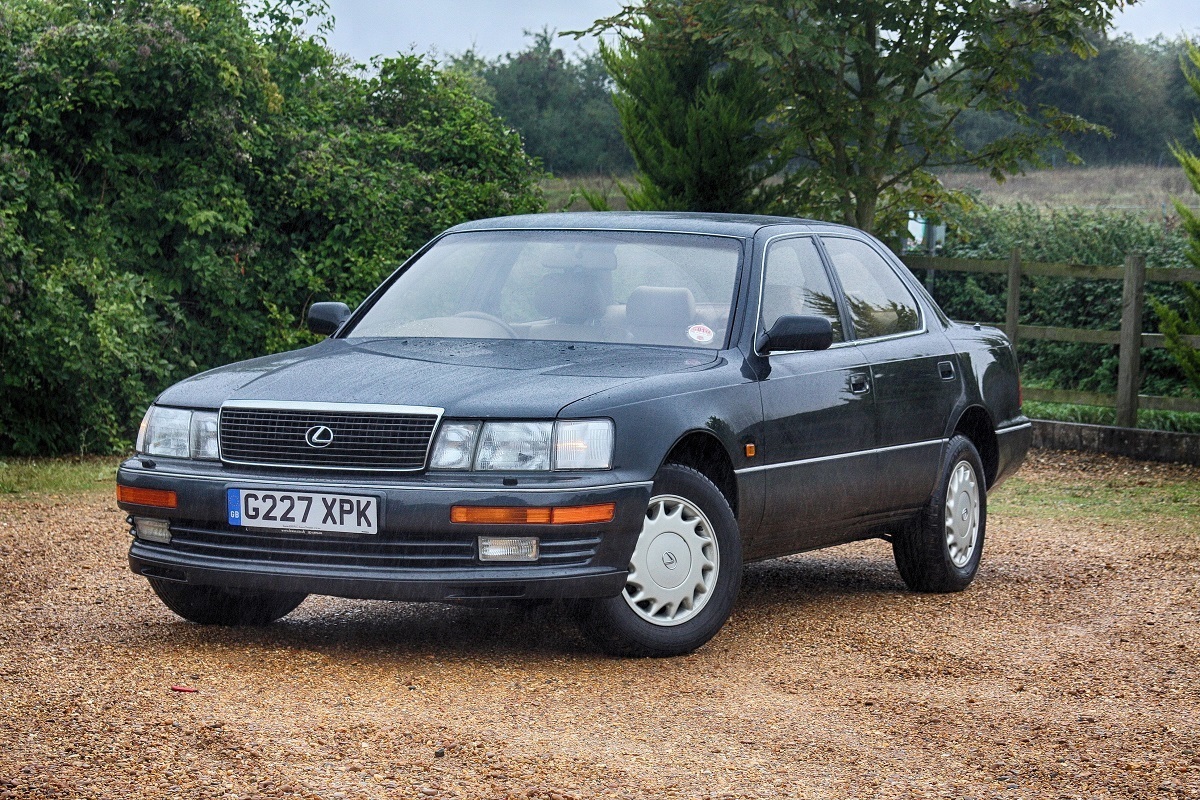
4. Lexus LS400 (1990–1997)
The Lexus LS400 is often held up as a paragon of automotive refinement and build quality, and that distinction extends to its electronic warning systems. Introduced at a time when luxury cars were just beginning to integrate sophisticated electronic controls, the LS400’s design philosophy was rooted in engineering elegance and dependability.
Lexus engineered the LS400’s electrical and diagnostic systems with an obsessive focus on long-term durability and error-free operation. The outcome is a vehicle whose warning lights are rare, meaningful, and reliable—an impressive feat for a car that was ahead of its time in terms of technological integration.
The LS400’s electrical architecture combines high-quality components, meticulous wiring harness routing, and robust sensor technology. Each sensor and control module was subjected to rigorous durability testing to ensure that faults would be both rare and obvious.
This attention to detail prevents the kind of phantom warnings that can plague vehicles with complex electronics but less rigorous quality standards. For example, the engine control unit and associated sensors are housed in environments protected from excessive heat and vibration, minimizing the risk of erratic sensor behavior or electrical noise that might otherwise cause spurious alerts.
Further enhancing the LS400’s reputation is its straightforward, effective diagnostic system. While the car is sophisticated, its warning lights are not prone to false positives or intermittent flickering.
When a warning light illuminates, it typically points to an issue that requires attention, whether it be related to engine operation, brake system, or electrical faults.
This clarity helps owners avoid the stress of chasing down elusive or non-existent problems. The LS400’s combination of luxurious appointments and technical dependability ensures that it continues to enjoy a strong following among those who prize reliability and low-maintenance ownership alongside premium comfort.
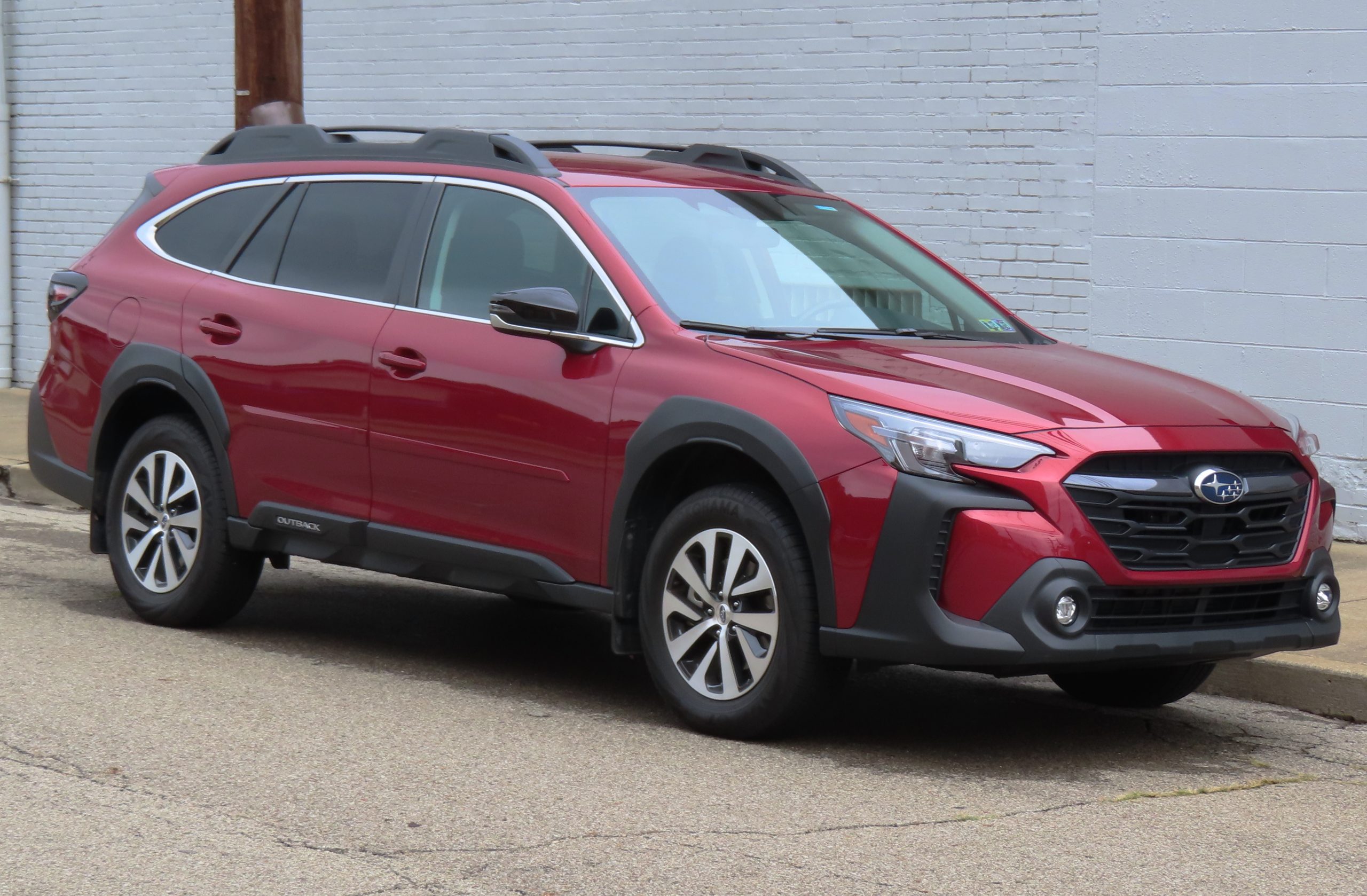
5. Subaru Outback (2005–2009, non-turbo models)
The mid-2000s Subaru Outback, particularly the non-turbocharged versions from 2005 to 2009, is a compelling example of a vehicle that blends modern safety and convenience features with relatively simple, dependable electronics.
While Subaru has evolved toward more complex and interconnected systems in recent years, this generation of Outback offers a dashboard experience that is refreshingly straightforward and mostly free from random warning light activations.
Owners appreciate this balance, finding that the vehicle’s warnings correspond well with real, actionable issues rather than intermittent sensor glitches.
Subaru’s design approach during this period avoided the over-digitization trend seen in later models. The Outback’s electronic control units are modular yet straightforward, with sensors that perform their functions reliably without frequent miscommunication.
The absence of a turbocharger in these versions also simplifies the engine management system, reducing the likelihood of emissions or boost-related sensor faults that are common in turbocharged vehicles. The TPMS, ABS, and other safety-related systems are calibrated for stable performance and clear diagnostic feedback, minimizing false alarms.
Moreover, this generation of Outback is notable for its ease of maintenance and diagnostics. Owners and mechanics alike praise how accessible the diagnostic trouble codes are via standard OBD-II readers, allowing quick identification and resolution of issues.
The wiring harnesses and connectors are robust, with fewer reports of corrosion or intermittent faults compared to later Subaru models. This reliability means drivers spend less time and money chasing random or unexplained warning lights, making the Outback a solid choice for buyers who want modern AWD capability and safety without the headache of electronic uncertainty.
5 Vehicles That Always Suffer Random Warning Lights

1. BMW 3 Series (E90, 2006–2011)
The E90 BMW 3 Series is often praised for its sharp handling, balanced chassis, and driving engagement, yet its reputation for electrical and diagnostic headaches looms large.
This generation of the 3 Series integrates a sophisticated array of sensors and control modules that manage everything from the variable valve timing (VANOS) system to traction control and ABS.
Unfortunately, this complexity often works against the owner, resulting in a notorious barrage of warning lights that seemingly appear without a concrete cause.
A “check engine” light triggered by a faulty VANOS sensor or intermittent misfire code is a common story, but the frustration comes from the lights sometimes resetting themselves only to reappear unpredictably, leaving owners in a cycle of confusion and concern.
The underlying issue with the E90’s electronic systems is partly BMW’s aggressive approach to innovation, combined with components prone to age-related failures. The VANOS system, which adjusts valve timing for performance and efficiency, relies on sensors and solenoids that can degrade over time, causing intermittent electrical faults.
Additionally, the complex wiring harnesses running through the engine bay and under the dashboard are vulnerable to chafing and corrosion, which create erratic sensor readings.
This results in warning lights that are difficult to trace and often require expensive dealer diagnostics with proprietary software tools. The diagnostic codes can sometimes be ambiguous or relate to multiple subsystems, making the repair process challenging and costly.
Moreover, BMW’s modular electronic systems communicate via CAN bus networks that occasionally suffer from errors due to aging connectors and software glitches. These faults may trigger cascading warnings that confuse even seasoned technicians.
For owners, this means the E90’s dashboard can transform into a near-constant source of anxiety, where lights and messages interrupt the driving experience, even when the car is performing well mechanically.
While many enthusiasts consider the E90 a rewarding driver’s car, they also accept the trade-off of persistent electronic quirks and the financial and emotional toll of chasing down phantom warnings.
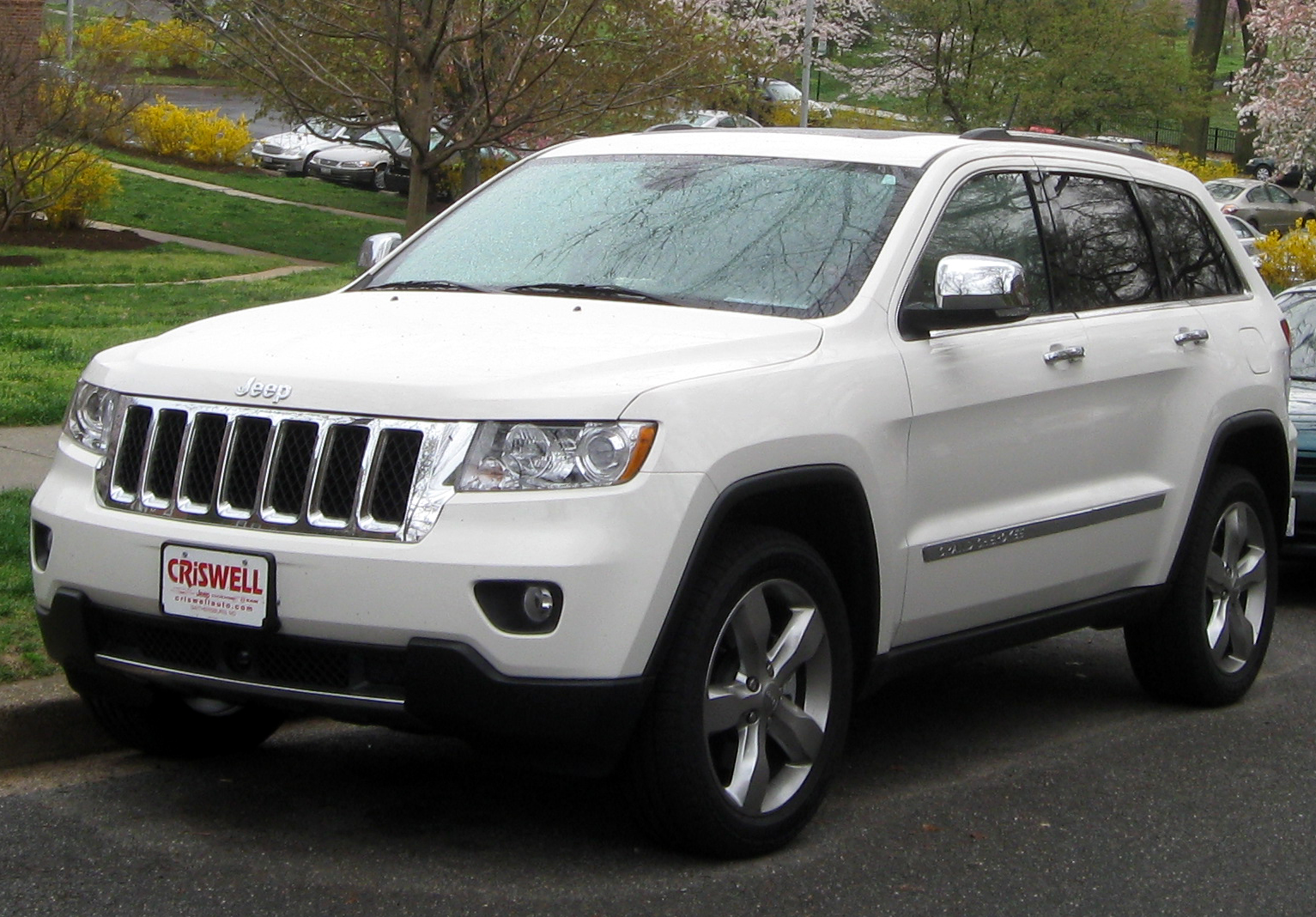
2. Jeep Grand Cherokee (WK2, 2011–2020)
The Jeep Grand Cherokee WK2 is widely celebrated for its off-road capabilities and upscale interior, but it also carries a less glamorous reputation for a particularly troublesome electrical system that floods the dashboard with warning lights.
Owners often report an onslaught of alerts, including tire pressure monitoring system (TPMS) warnings that appear with temperature fluctuations, “check engine” lights related to evaporative emissions leaks, and ABS or traction control faults that manifest seemingly at random.
This creates a frustrating experience for owners who may not be dealing with any actual drivability or safety issues but feel compelled to take their vehicle in for diagnostic checks.
One of the primary reasons the WK2 Grand Cherokee is plagued by warning light woes is its fragmented and sometimes inconsistent electronic architecture.
The vehicle’s numerous control modules—governing everything from engine management to suspension height, and battery health to climate control—sometimes fail to communicate reliably, causing error codes to propagate across systems.
For example, a minor issue with a sensor on one subsystem can trigger fault codes in unrelated modules, resulting in multiple simultaneous warnings that confuse owners and complicate diagnostics. This kind of cascading failure pattern is a hallmark of overly complex vehicle electronics not matched by robust system integration.
Additionally, Jeep’s wiring harnesses and sensor connectors in this generation have been prone to corrosion, moisture intrusion, and mechanical wear, all of which degrade signal integrity and cause intermittent faults. This problem is exacerbated in regions with harsh climates or where road salt is common.
These wiring issues, combined with the vehicle’s tendency to require dealer-level programming or module resets to clear warning lights, leave many owners feeling stuck in a cycle of recurring alerts and costly repair bills. Despite the WK2’s impressive capabilities and comfort, its electronics often detract from the ownership experience, making random warning lights a persistent headache.

3. Ford F-150 (2015–2020 models with advanced tech packages)
America’s perennial best-seller, the Ford F-150, has evolved tremendously over the years, especially in its tech offerings, but this progress hasn’t come without growing pains.
Models from 2015 to 2020 that feature advanced technology packages—including lane-keeping assist, adaptive cruise control, and various driver aid systems—are particularly notorious for producing an array of warning lights that seem to pop up with little warning or explanation.
From “service lane-keeping” alerts to ABS faults and ambiguous “check engine” lights, many owners feel they’re on a constant alert watch, forced to interpret a flood of warnings to determine if there’s a real problem or just a glitch.
This pattern stems largely from the sheer volume and complexity of electronic modules embedded in these trucks. The introduction of advanced driver assistance systems (ADAS) requires multiple radar sensors, cameras, and intricate software algorithms to monitor vehicle surroundings, driver behavior, and system performance.
The intricate communications between these systems use multiple CAN buses, which are vulnerable to interference, degraded wiring, and software bugs.
Even a small electrical anomaly or sensor misalignment can trigger warnings, often in combination. For instance, a dirty sensor lens or a slightly loose connector might cause the lane-keeping system to go offline, immediately flashing a dashboard alert.
Moreover, the placement of sensors in challenging environments—exposed to dirt, moisture, and vibration—contributes to frequent false positives. Corrosion of sensor contacts or damage from off-road use can degrade performance and cause intermittent alerts.
Ford’s software updates sometimes mitigate these issues but require dealer visits or over-the-air programming, which may not be convenient or timely. For truck owners who value ruggedness and reliability, the constant digital alerts in these newer F-150s can feel like a step backward, introducing new frustrations in a vehicle built to handle tough work without drama.

4. Mercedes-Benz S-Class (W222, 2014–2020)
The Mercedes-Benz S-Class W222 is widely regarded as the pinnacle of automotive luxury and technological sophistication. However, its high-tech nature comes with an unfortunate side effect: an almost constant stream of dashboard warning lights that can bewilder even experienced owners.
This generation of S-Class is equipped with hundreds of sensors monitoring everything from engine health and brake system status to air suspension adjustments, interior air quality, and advanced lighting functions. While this extensive sensor network enables a highly refined driving experience, it also opens the door to frequent, sometimes confusing alerts.
Owners commonly report a range of warning lights appearing seemingly at random, such as “suspension malfunction,” “electronic parking brake fault,” or “engine management” alerts that appear without clear symptoms. Often, these warnings will vanish after a vehicle restart, only to return intermittently.
Diagnosing these issues is complicated by the fact that the S-Class’s electronic systems are highly integrated, and faults in one module can cause error codes to propagate through others. For example, a failing suspension control unit might trigger alerts not only for ride height but also brake system warnings or stability control faults.
Additionally, aging wiring harnesses and connectors can exacerbate the problem, especially in cars exposed to harsh climates or extended use. The proprietary diagnostic systems used by Mercedes-Benz are complex and expensive, requiring dealer visits to interpret error codes and perform module resets or software updates.
While the S-Class offers unparalleled comfort, performance, and cutting-edge features, owners must accept the reality that its digital sophistication can result in a dashboard full of warnings that are as frustrating as they are frequent.

5. Volkswagen Passat (B7 and newer, 2012–2019)
The Volkswagen Passat models from the B7 generation onward have earned a reputation among owners and mechanics for their propensity to exhibit random, persistent warning lights. These include emissions-related alerts, ABS warnings, and airbag system faults that appear sporadically and often without obvious cause.
Such issues can lead to an uneasy feeling that the vehicle is never quite “done,” with warning lights lingering even after repairs or resets, creating a stressful ownership experience.
The root cause largely lies in Volkswagen’s use of complex multiplexed electrical systems. These systems share information between modules using a networked architecture designed to reduce wiring and improve efficiency.
However, the downside is that faults can cascade through the system, causing multiple warning lights to illuminate from a single underlying issue. For example, a faulty mass airflow sensor or oxygen sensor might trigger a check engine light as well as emissions warnings, confusing owners and technicians alike.
Moreover, Volkswagen’s wiring and connectors have been known to suffer from moisture intrusion and corrosion, especially in older vehicles or those exposed to wet climates. These conditions degrade electrical signal quality and can cause intermittent faults that trigger warning lights unpredictably.
The process of diagnosing and repairing these issues can be time-consuming and expensive, often requiring multiple diagnostic sessions and trial repairs. For many Passat owners, the experience of frequent, unexplained warning lights overshadows the vehicle’s otherwise solid driving dynamics and comfort, leaving a lingering sense of electronic unreliability.
Also Read: 5 Cars That Maintain Value Despite High Mileage And 5 That Drop Like Rocks
The landscape of modern vehicles is marked by an ever-increasing reliance on electronic sensors and onboard diagnostic systems. These technologies have transformed the way cars alert drivers to potential problems, contributing significantly to safety, emissions control, and overall vehicle health.
Yet, as this article has shown, the quality and reliability of these warning systems vary tremendously across different vehicles and manufacturers. Some models stand out for their clear, meaningful communication, offering drivers peace of mind and a straightforward relationship with their car’s health.
Others, burdened by overly complex or poorly integrated electronics, generate a frustrating cascade of warning lights that can cloud the true status of the vehicle and complicate maintenance.
Vehicles such as the Toyota Corolla, Honda Accord, Mazda MX-5 Miata, Lexus LS400, and certain Subaru Outbacks exemplify the virtues of simplicity, robust sensor design, and conservative diagnostic thresholds. Their warning lights are rare and reliable indicators, only illuminating when genuine faults require attention.
This approach respects the driver’s time and trust, minimizing unnecessary anxiety while ensuring safety is never compromised. These cars prove that it is possible to integrate modern technology without sacrificing clarity or dependability.
Conversely, models like the BMW 3 Series E90, Jeep Grand Cherokee WK2, Ford F-150 with advanced tech packages, Mercedes-Benz S-Class W222, and Volkswagen Passat illustrate the pitfalls of electronic complexity and integration challenges.
Their dashboards often resemble a warning light festival, with alerts arising from minor sensor glitches, wiring corrosion, or software communication errors.
For owners, this can lead to expensive repairs, repeated dealer visits, and a lingering sense of distrust toward the vehicle’s electronics. While these vehicles often boast cutting-edge features and luxurious appointments, their electronic unreliability detracts significantly from the ownership experience.
Understanding the reasons behind these differences is crucial for prospective buyers and current owners alike. Factors such as sensor quality, wiring harness design, system integration, software calibration, and environmental exposure all play pivotal roles in how warning lights behave.
Moreover, vehicle age and maintenance history can influence the reliability of these systems, highlighting the importance of proactive care and timely repairs.
In an era where vehicles are becoming increasingly digital and interconnected, the challenge for manufacturers is to balance technological innovation with system robustness and user-friendly diagnostics.
For drivers, awareness of these issues can guide more informed decisions and foster realistic expectations. It also underscores the value of choosing vehicles known for diagnostic reliability, especially for those seeking a stress-free driving experience without constant electronic distractions.
Ultimately, the ideal vehicle warning system serves its purpose without becoming a source of frustration. It should deliver accurate, timely alerts that empower drivers to maintain their vehicles effectively while avoiding false alarms that erode confidence.
By examining both the successes and failures of various vehicles’ warning light behaviors, this article sheds light on a critical yet often overlooked aspect of modern car ownership—one that can significantly influence satisfaction, safety, and cost of ownership over the life of a vehicle.

